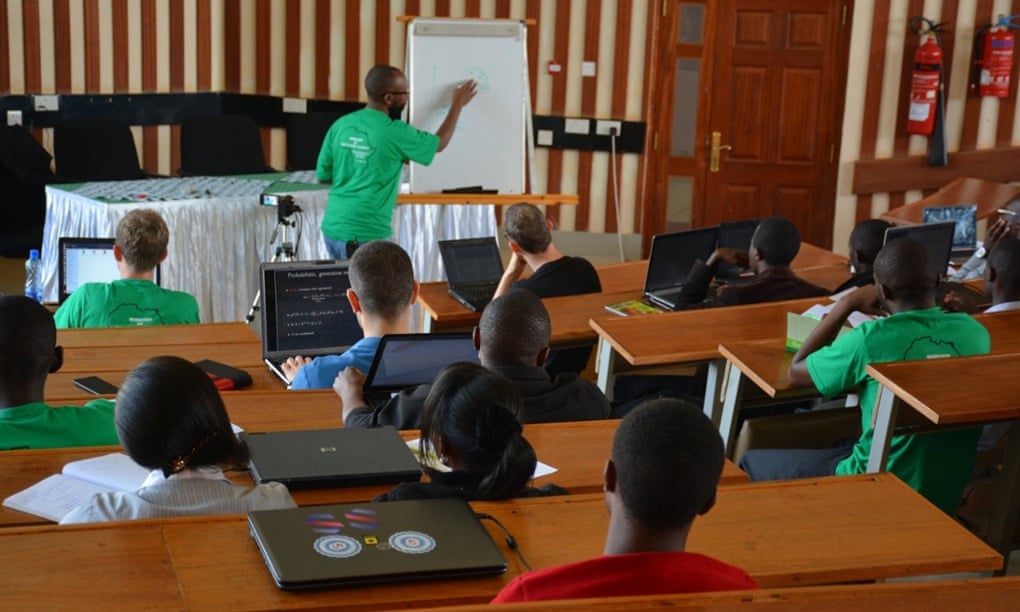Global Health¶
- Governance for Global Health Response: Lessons from the Ebola Epidemic Royal Society, 15/09/2015
- What lessons do we learn for future global crisis?
- Funding, vaccines, responsibility.
- Little about improving communication.
- Prof Oyewale Tomori: Why didn't Nigeria Succumb?
What is an Information Infrastructure?¶
- Talk at ControlPoint "Right First Time" Day.
- Audience of Utility companies: Gas, Water, Electric.
- What would a modern Water network look like?
- Would we build such massive infrastructure?
- It seems we can't even afford to properly maintain existing architecture.
Data Science in Africa¶
Data Science in Kenya¶
- IBM Nairobi: Monitoring Small Farms
Makerere University:
- Crop Monitoring (Ernest Mbweze)
- Kudu: Distributed Bid Matching (Kenneth Bwire)
Collaboration with UN Global Pulse and Makerere
- Disease Monitoring with Gaussian Processes (Ricardo Andrade Pacheco, Martin Mubangizi, John Quinn & NL)
UK - Where do we Lack Infrastructure¶
Case Study: Mental Health
NewMind Network (led by Chris Taylor)
- Early Diagnosis of Dementia, Parkinsons.
- Support for Bipolar disorder
- What are the implications for Humans?
Clinicians, patients, device manufacturers.
Ideal domain for data & learning
Major Challenge¶
- "Data Liquidity"
- If we can't get to the data we can't learn.
- Clinical Interests
- Hard-won data is hard to obtain.
- Working better in computational biology than health informatics?
- Is it patient interests or practitioner interests?
Technical Challenges¶
Interconnecting data
- Data of different types/modalities.
- Weighting of text, images, clinical tests, genomics, transcriptomics, social media, music listening, loyalty card.
Scale: When Big Data is Small
Massively Missing Data
Steaming nature of data
- Health vs Advertising
Time horizon: 10 years?
Social Challenges¶
Interconnecting data
- Loss of privacy and trust care.data fiasco
Models of data ownership
- Data protection (actually people protection)
- Carphone Warehouse and TalkTalk.
- Need for a "Digital Enlightenment"
Time horizon: ???
Answer?¶
Closer integration of technical and social solutions.
It is not enough to provide centralised learning solutions working on large data.
- inference integrated within information infrastructure
More focus on
- information leakage,
- frameworks of trust,
- user-centric models for learning and data storage
Where does the ATI come in?¶
- Open meeting September 2014:
- "Critical mass"
- But no-one could define what that meant!
- Leadership + Critical Mass can do something
- Enabling the social revolution requires a technical revolution.
- A Coalition of the Competent
- Corevolution of technology, law and society.
- This needs multi-million pound institutes to achieve.
